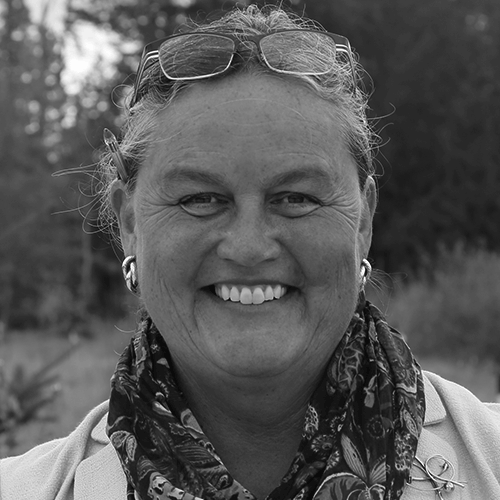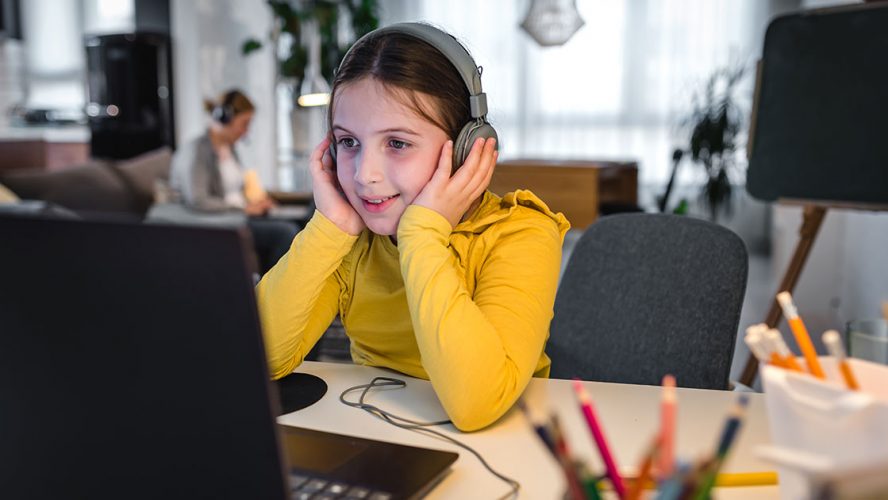
Michelle Reid
Superintendent, Northshore School District
As schools go back to in-campus learning, it’s important to help students and teachers transition back using Social Emotional Learning.
As we traverse this season of challenges, it has never been more important for us to nurture healthy social emotional learning conversations and practices. Learning happens best in a community; the healthier our community is, the better we are able to learn. This emphasis on social and emotional health provides a solid foundation from which all other conversations connected to learning can grow.
Here in Northshore, Social Emotional Learning (SEL) is part of the foundation of our 2017-22 Strategic Plan goals and a topic we continue to make space and time for as we learn and reinforce these healthy practices and discussions. Whether our students are learning from home, in a hybrid situation, or in-person, it is important to ensure their social emotional needs are met.
Effects of SEL
SEL helps students understand multiple perspectives, show empathy, be resilient, celebrate and advocate for themselves and others, take initiative, resolve conflict, practice creative and critical thinking, and be committed to lifelong service and stewardship.
Additionally, SEL supports educational and racial justice, by addressing the psychological stress of students of color, in multiple ways: emphasizing whole-child development, drawing attention to the social nature of learning, advancing the belief that all children can learn, developing young people’s skills to navigate social contexts, and improving relationships between students and educators.
We cannot simply just teach about healthy social and emotional learning; we must also model best practices. It is so important that each of our students understand that they matter. To do this, we must both know our students and their work well. To this end, we pioneered a community-building start to the socially distant school year.
This community-building time enabled teachers to meet with each student and their family prior to addressing academic content. We are replicating this process as we transition back into school buildings this spring.
The District continues to provide professional development to staff to implement trauma-informed practices with all children and provide universal, trauma-informed support throughout schools and classrooms. Connection and relationship-building activities are embedded in every classroom through intentional check ins and SEL skill-building activities with students.
As more students return to school buildings in the coming months, we must recognize the anxiety and trauma many students, staff, and families have experienced. Even as we transition to more traditional learning spaces and routines, our attention to this topic has never been more important.

